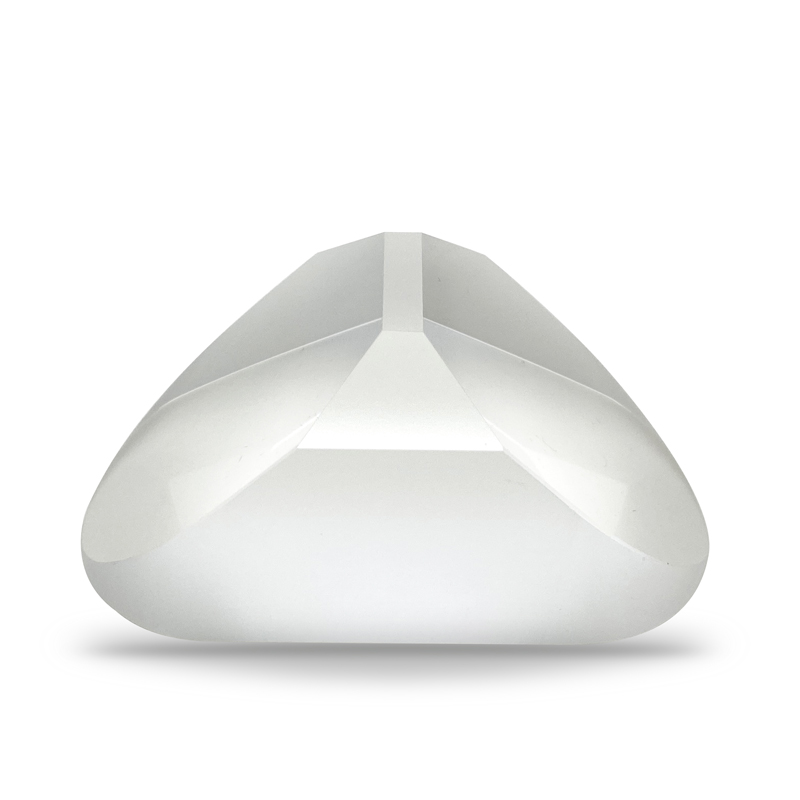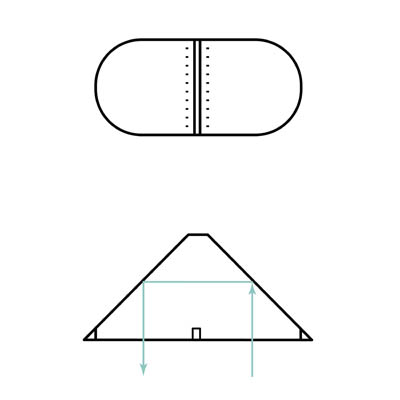Porro prisms are variants of the standard 90° prism but used as a pair to displace and invert a beam. Porro prisms are widely used in binoculars where they orientate the image correctly and reduce the total length of the binoculars by a small amount.
| wdt_ID | Attributes | Value |
|---|---|---|
| 76 | Material | N-BK7 |
| 95 | Dimension Tolerance | ±0.15mm |
| 96 | Surface Quality | 60/40~40/20 |
| 97 | Angle Tolerance | ±30''~±3' |
| 98 | Surface Flatness | N<3, △N<1 |
| 99 | Clear Aperture | >80% |
| 100 | Chips | <0.2mm |
| 101 | Coating | Uncoated Single Layer MgF₂ AR@450-650nm |
Binocular, optical instrument, usually handheld, for providing a magnified stereoscopic view of distant objects, consisting of two similar telescopes, one for each eye, mounted on a single frame. A single thumbwheel may control the focus of both telescopes simultaneously, and provision may be made for adjusting the focus of each separately to allow for varying characteristics in the two eyes. Binoculars are designed to give an upright view that is correctly oriented left-to-right. Because they allow use of both eyes in a natural way, they are more comfortable than single telescopes, provide depth perception, and improve visual acuity by giving the human visual system two sets of data to process and combine.

In most binoculars, each telescope is provided with two reflecting prisms. The prisms reinvert, or erect, the inverted image supplied by the objective of each telescope. They prescribe a folded path for the light rays, allowing a shorter overall length for the instrument. When the prisms used are of the Porro type (see optics: Reflecting prisms), they also provide better depth perception at greater distances by allowing the two objectives to be set farther apart than the eyepieces. The arrangement of these prisms and the other optical components is shown in the .



